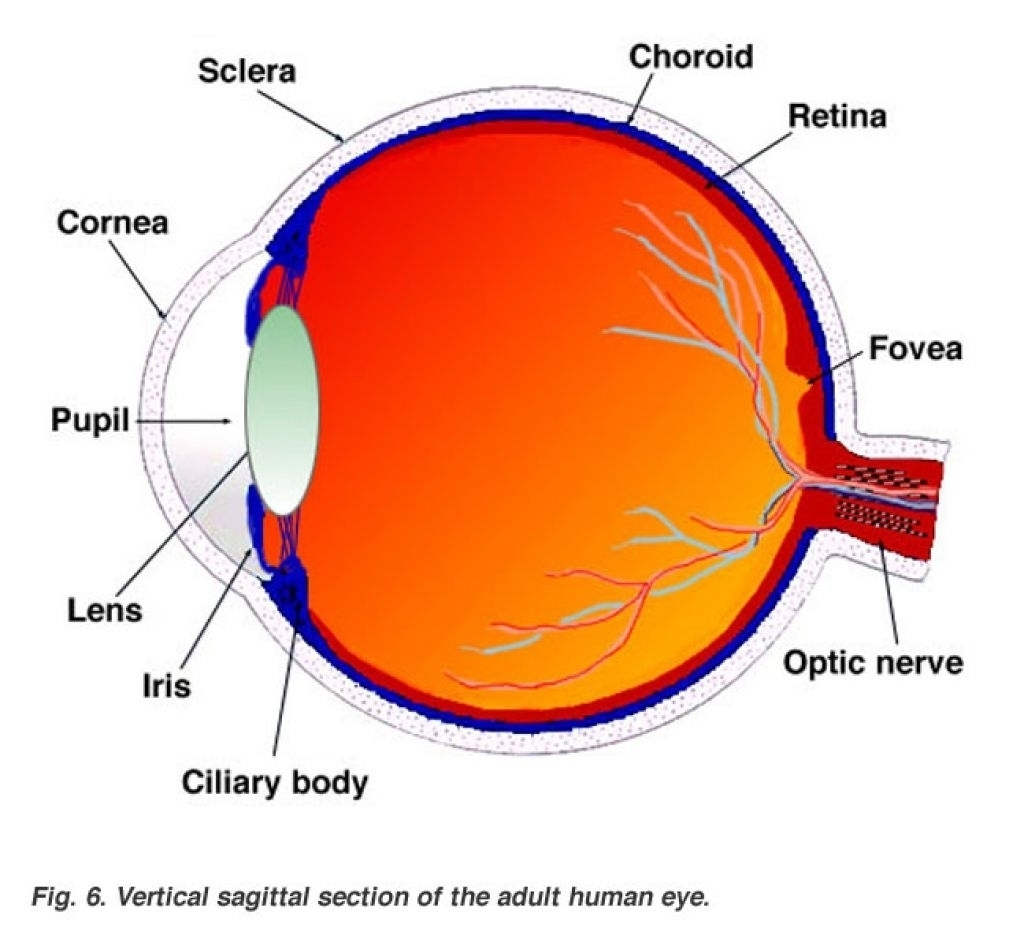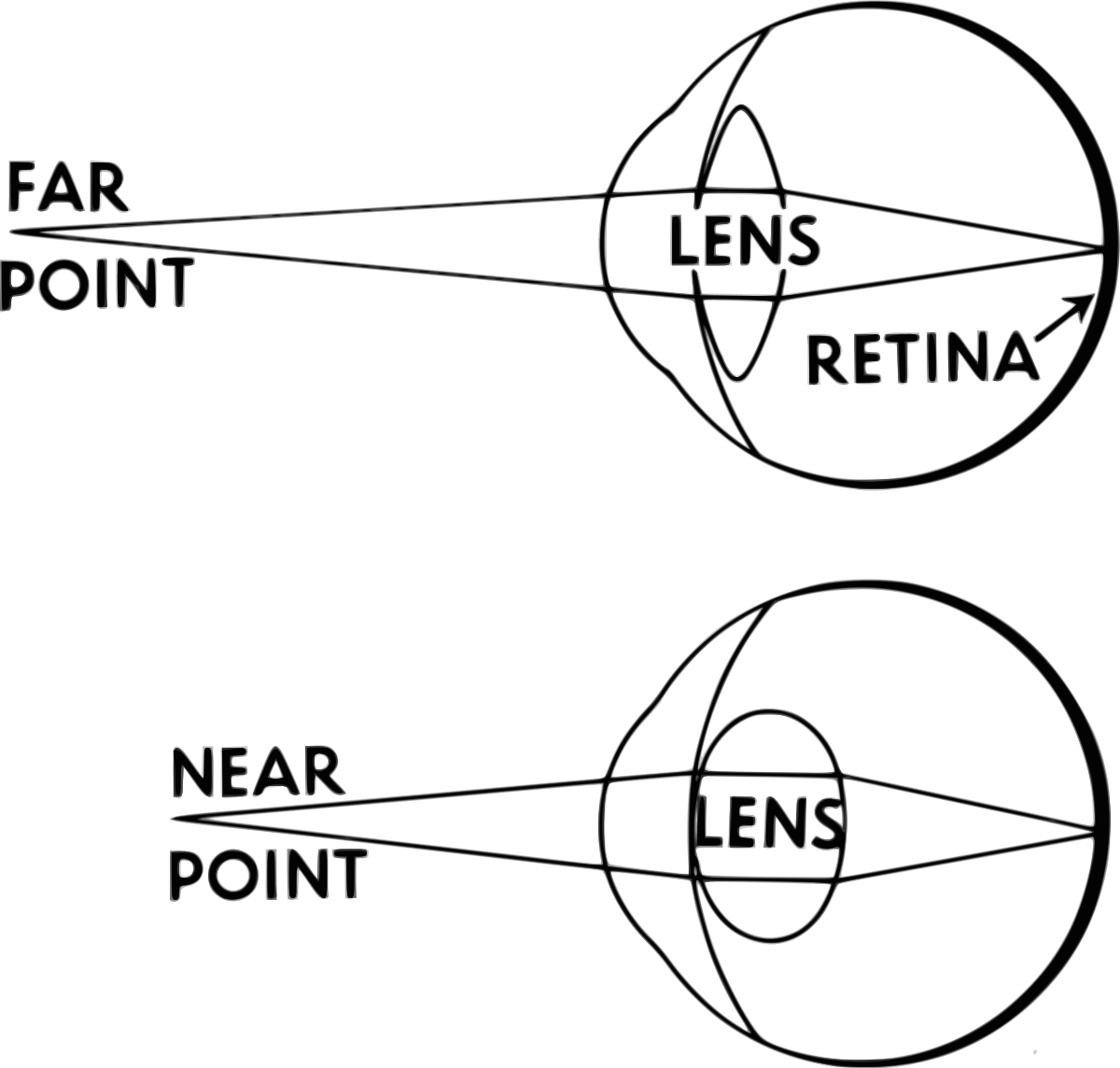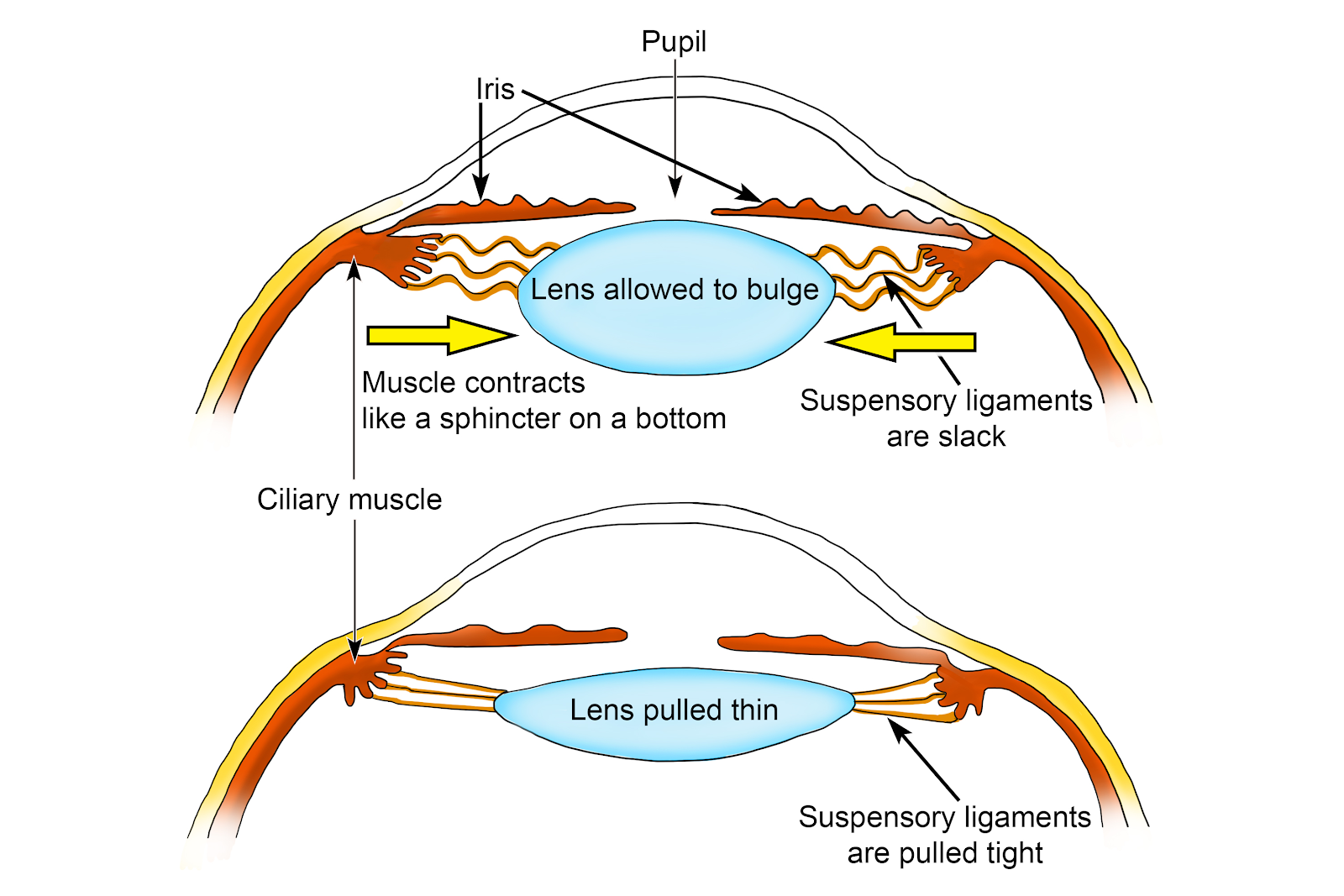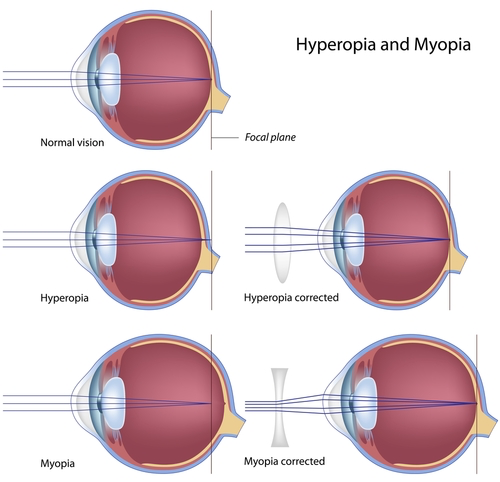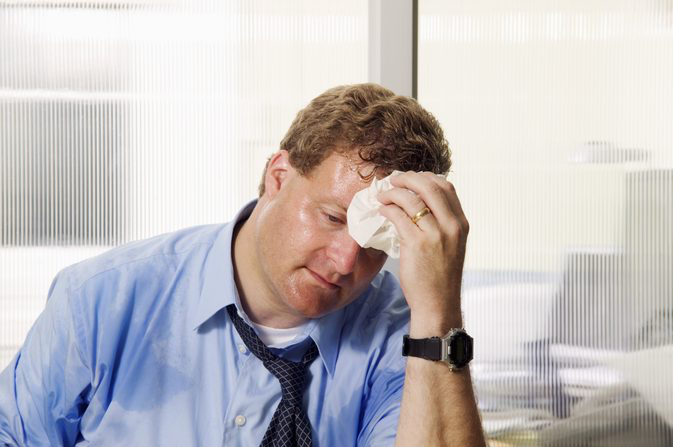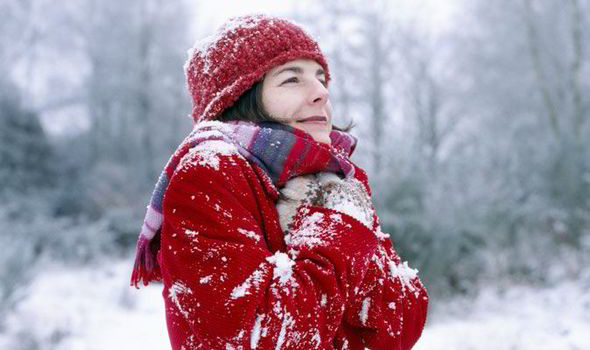Eyesight and Body Temperature
The Eye
You will need to label and state the function of parts of the eye, be careful with spelling:
- Sclera: supporting wall of the eye, made of tough material.
- Cornea: This is a transparent layer found at the front of the eye, used to reflect and bend light into the eye.
- Pupil: The hole in the centre of the eye where light can pass through to the retina.
- Retina: The layer at the back of the eye. This has two types of light receptor cells. One is sensitive to the intensity of light (how bright something is, these are rod cells) and one is sensitive to colour (cone cells).
- Iris: This is the coloured bit around your pupil. It’s made of muscles that can control the size of your pupil (this controls how much light enters your eye).
- Lens: This focuses the light towards the retina from the pupil.
- Ciliary muscles and suspensory ligaments: control the shape of the lens so that we can see near and far away objects.
Optic nerve: Carries electrical impulse signals from the retina receptors to the brain!
Iris reflex
Have you ever noticed that your pupil can change its size! If you haven’t, look at your eye in the mirror after covering it with your hand for a few seconds. You should notice that the pupil quickly shrinks! The opposite happens if you look into a bright light (don’t look into a very bright light or for too long!)
- The size of the pupil controls how much light can get to the retina.
- The iris is made of radial and circular muscles.
- If the light is very dim around you (a dark room), iris circular muscles relax and radial muscles contract - expanding your pupil, this allows for more light to enter so you are more likely to be able to see what’s going on!
- If the light is very bright, iris circular muscles contract and radial muscles relax - reducing pupil size to protect your retina from getting too much light (retina burn).
Accomodation
Depending on how far some something is, your lens needs to change to be able to focus on it properly (kind of like when you focus a microscope lens).
__To focus on near objects: __
Ciliary muscles contract and suspensory ligaments slacked
Lens becomes more fat
Increases the amount light is refracted
__To focus on far objects __
Ciliary muscles slacked allowing suspensory ligaments pull tight
Lens becomes less curved (flatter)
Decreases the amount light is refracted
Vision Defects and Correction
Long sightedness (hyperopia)
Long sighted people are unable to focus properly on near objects. This is because the lens or the eyeball is slightly the wrong shape and causes the light to focus just behind the retina.
This can be corrected with convex lens glasses
Short sightedness (myopia)
Short sighted people are unable to focus properly on far objects. This is because the lens or the eyeball is slightly the wrong shape and causes the light to focus just in front of the retina.
This can be corrected with concave lens glasses
Treatments for long and short sightedness
Hyperopia and myopia can helped by glasses or alternative methods:
Contact lenses - thin lenses that sit on your eye
Pros: very thin and almost invisible, usually comfortable, convenient for sports.
Cons: Can be uncomfortable, slight risk of infection, more expensive than glasses
Laser eye surgery - a laser can be used to destroy corena tissue to change the shape of the lens
Pros: Can eliminate the need for corrective lenses (such as glasses), can save money in the long term.
Cons: Surgery is needed which comes with risks of infection and complications during surgery. Takes a few days to fully recover.
Replacement lens surgery - the natural lens is removed and replaced by an artificial plastic lens
Pros: For more severe circumstances this may be the best option for people. Eliminate the need for any corrective lenses. Saves money in the long term.
Cons: Actual surgery inside of the eye is needed (instead of just a laser beaming in), this carries a much higher risk than laser eye surgery.
Body Temperature Control
Body temperature needs to remain around in order for the enzymes in the body to work effectively. Body temperature is controlled by the thermoregulatory centre in the brain. The body needs energy in order to increase or decrease temperature. The body gets this energy through respiration.
A feedback mechanism is used to control body temperature (See The Nervous System section).
If your body gets too warm:
- Your receptors send a signal to your thermoregulatory centre and the thermoregulatory centre sends an altered signal to your bodies effectors.
- __The effectors make the following happen in order to cool you down: __
Sweat through sweat glands - when the sweat evaporates it cools you down since it’s transferring heat energy to the environment
Body hairs lie flat - This means that less air is trapped so there isn’t an insulated layer over your skin.
Blood vessels at the surface of the skin dilate (get wider). This allows more blood to pass the skin surface. When blood passes the skin surface it loses heat energy to the environment. (Your skin goes more red).
If your body gets too cool:
- Your receptors send a signal to your thermoregulatory centre and the thermoregulatory centre sends an altered signal to your bodies effectors.
- __The effectors make the following happen in order to warm you up: __
Your muscles contract automatically, causing you to shiver. This transfers energy to your body to warm you up.
Body hairs stand up - This means that air gets trapped between the hair and the skin. The skin heats up the trapped and so there is an insulated layer over your skin.
Blood vessels at the surface of the skin constrict (get smaller). This reduces the amount of skin going to the surface of the skin (blood loses heat energy when it goes to the skin surface. (Your skin looks pale).
